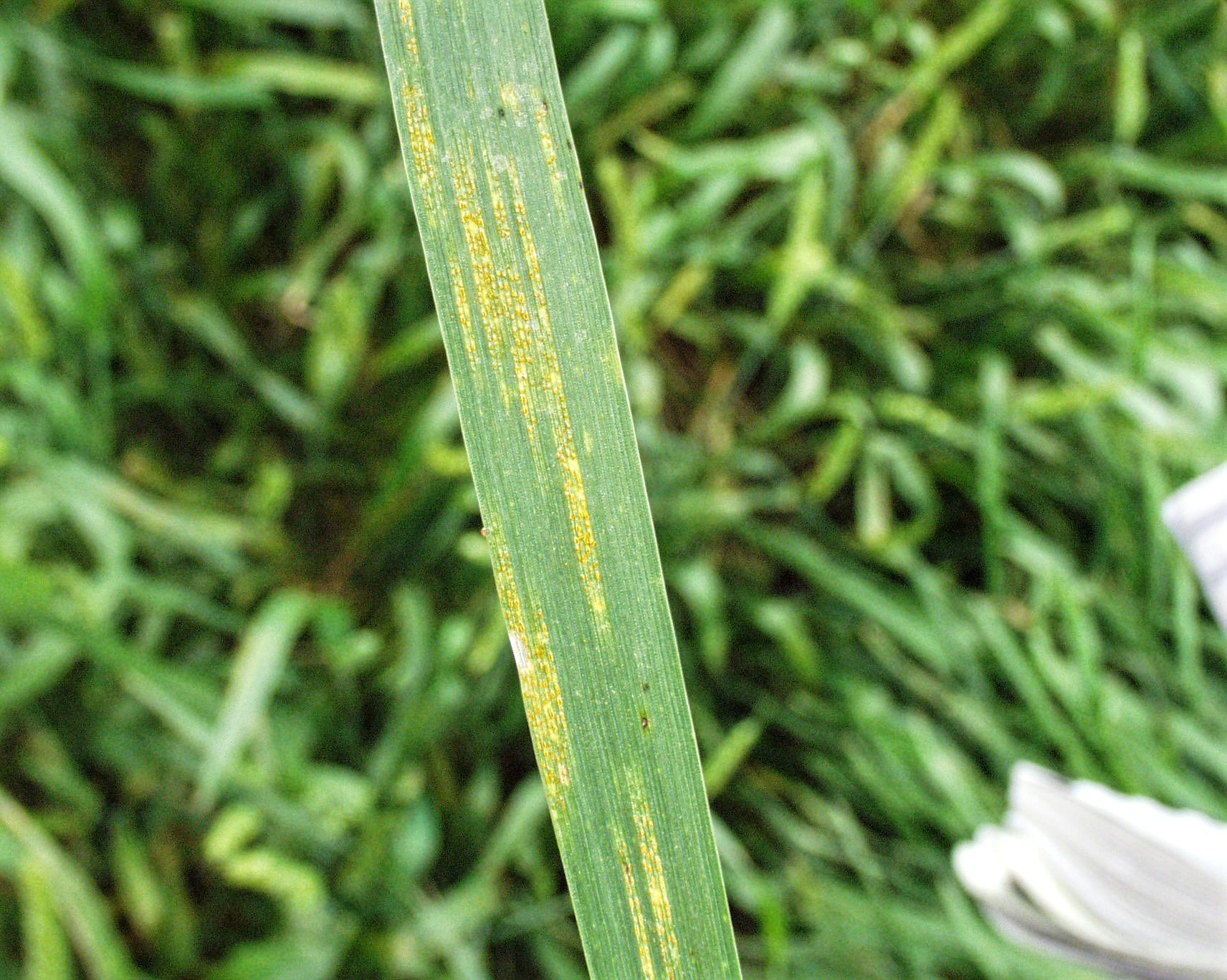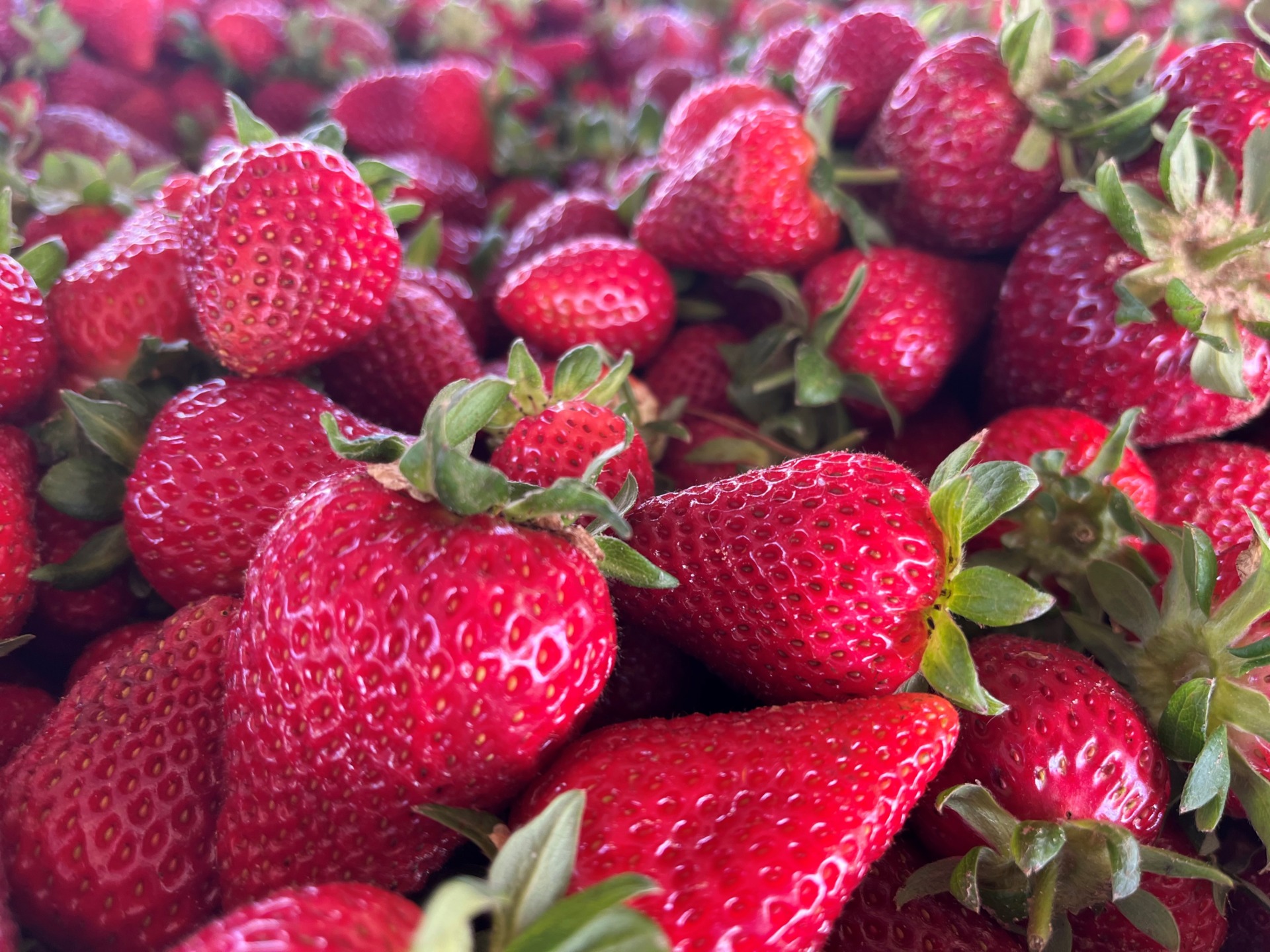AgriLife Extension experts: Time for pecan growers to scout, treat for casebearer
By: Paul Schattenberg, 210-859-5752, paschattenberg@ag.tamu.edu
Contact: Dr. Larry Stein, 830-267-9151, lstein@ag.tamu.edu
Bill Ree, 979-845-6800, w-ree@tamu.edu
UVALDE – Now is the time for pecan growers to look for and possibly spray to kill an insect pest that poses a threat to their crop, said Texas A&M AgriLife Extension Service experts.

“One of the most destructive infesting insects of nut-bearing trees is the pecan nut casebearer,” said Dr. Larry Stein, an AgriLife Extension horticulturist based in Uvalde. “Casebearer larvae tunnel into nutlets and frequently destroy all the nutlets in a cluster.”
Stein said the next seven to 10 days are critical for growers to be on the lookout for this pest and to spray for them if applicable.
He said while pecan trees in central Texas are doing well, now is “prime time” to scout for the casebearer and make necessary spray applications.
Stein said the most effective means of control is an appropriately timed application of insecticide that will kill the larvae before they can bore into the nut case.
“To find out if you might need to spray for the casebearer, go look at the nut clusters on your pecan tree and see if there are any small white eggs at the end of the nutlets. The eggs will be about the size of a pencil tip. Some people can see them with the naked eye; others may need to use a magnifying glass.
“If you examine the nut clusters and the egg lay on 100 clusters is 10 percent or more — or if there’s a 1 percent actual worm entry into the case — then you should probably spray. It’s easy to tell if a casebearer has entered the nut as you’ll be able to see the hole in the nutlet as well as evidence of the hole being bored out. And if you open the nutlet, you’ll likely be able to see the casebearer worm moving inside it.”
However, Stein added, if every terminal on the pecan tree has a nut cluster, there is likely no need to spray as the yield will already be substantial.
Bill Ree, AgriLife Extension program integrated pest management specialist in Bryan, said based on the number of calls and emails he has received statewide, pecan nut casebearer activity accelerated over the weekend of April 23-24.

“Most casebearer eggs are laid during a two-week period in late April to early May in the southern and coastal areas of Texas, and late May and early June in North Texas,” he said. “Weather affects when eggs are laid, because spring temperatures determine how quickly the overwintering generation develops.”
Ree said while pheromone traps set to capture the casebearer have also captured “imposter” or look-alike insects such as pecan bud moths and mesquite bean moths, the casebearer is the primary insect to be concerned with.
“The main identifying feature for adult pecan nut casebearer is the dark band near where the wings attach to the body,” he said. “The pecan bud moth has more of a mottled color while the mesquite bean moth has narrow white and dark streaking.”
He said producers running casebearer traps can use the pecan nut casebearer Forecast model located under the “Map” link at http://pecan.ipmpipe.org for a prediction of egg-laying events.
Ree said insecticides should be applied only if infestations and nut load justify their use. He also urged caution when applying any insecticide.
“Homeowners need to be careful when applying insecticide sprays in backyard and urban areas, because spray may drift onto nearby gardens, pets and living spaces,” he said.
Ree said for home landscapes it is best to use only products containing spinosad, such as Green Light Lawn and Garden Spray with Spinosad, or Bacillus thuringiensis labeled for pecans.
“Before purchasing and applying any insecticide, always read the label to determine if the product is labeled for use on the target plant or site,” he said. “And always follow mixing instructions and safety precautions.”
Ree said some of the insecticides commercial producers might use include Bt, which is available under various brand names; methoxyfenozide, labeled under the name Intrepid 2F; spinetoram, labeled as Delegate; spinosad, labeled as SpinTor, Success and Entrust; tebufenozide, labeled Confirm 2F; chlorantraniliprole, labeled Altacor; methoxyfenozide and spinetoram, labeled Intrepid Edge; and flubendiamide, labeled Belt.
“All these products are cleared for grazing except for Confirm,” he said. “Again, before using any insecticide always consult the label for rates, pests and restrictions.”
For more information on casebearer identification and control, go to https://agrilifetoday.tamu.edu/wp-content/uploads/2016/05/PNC_Guide.pdf





